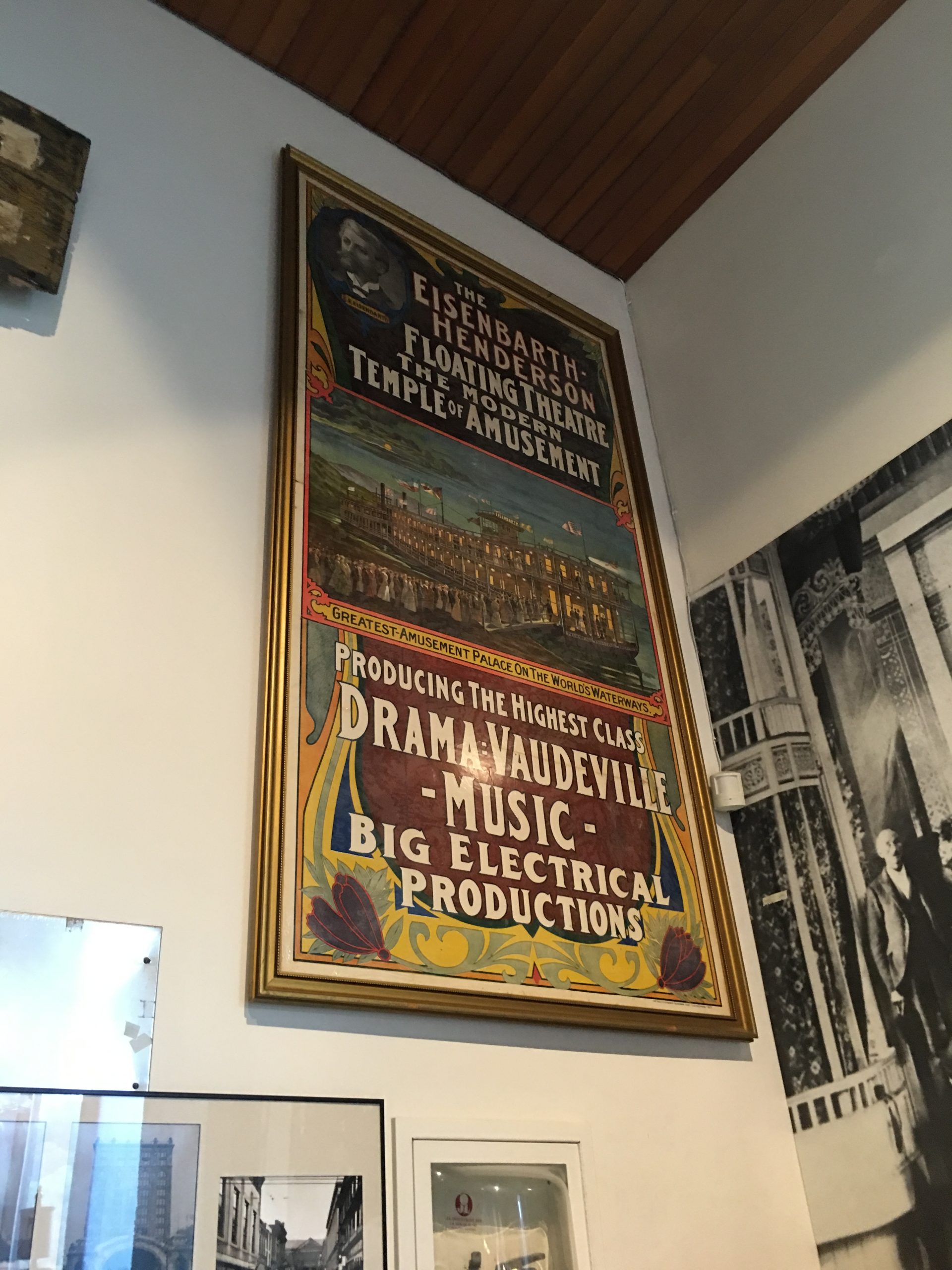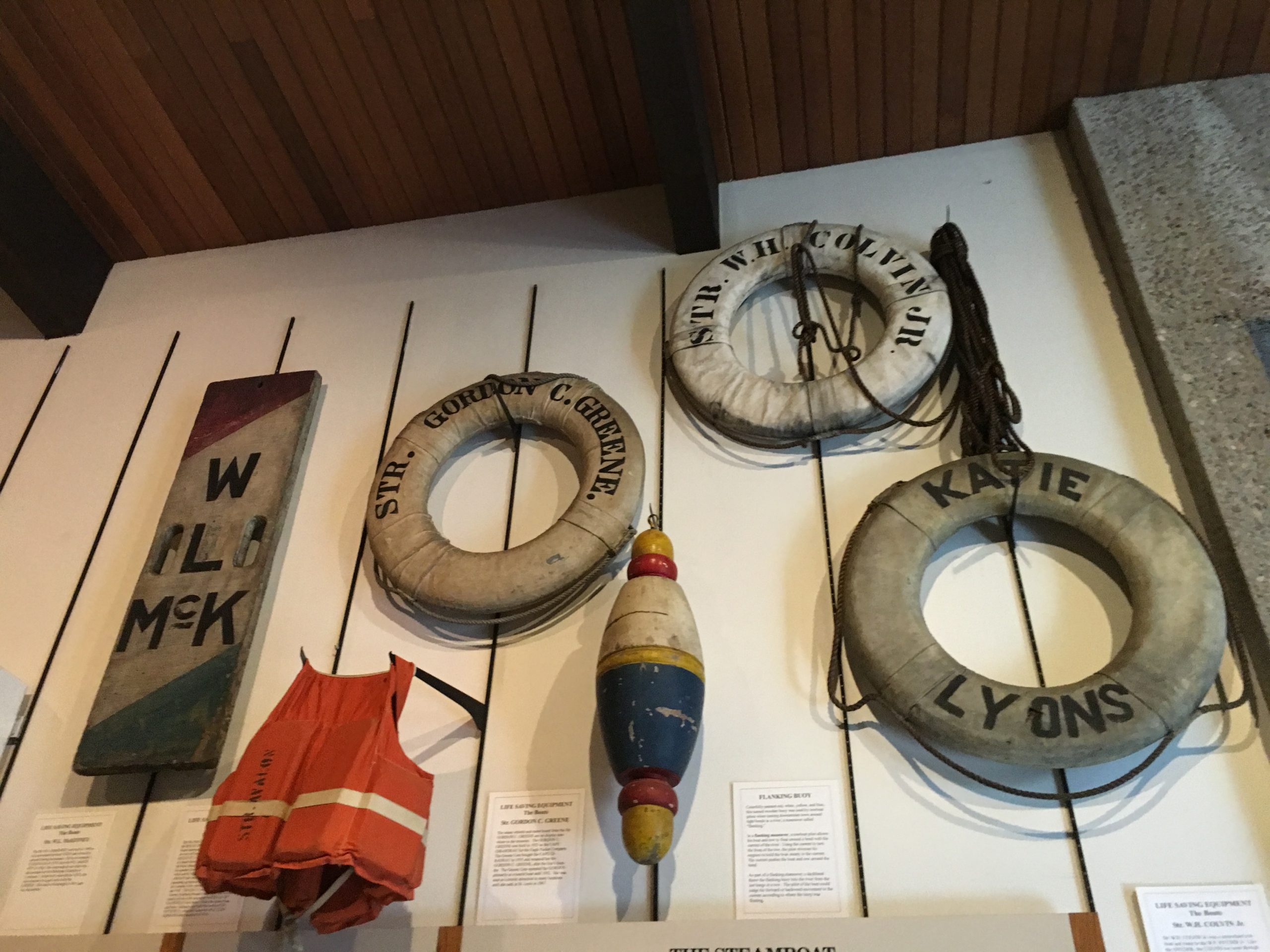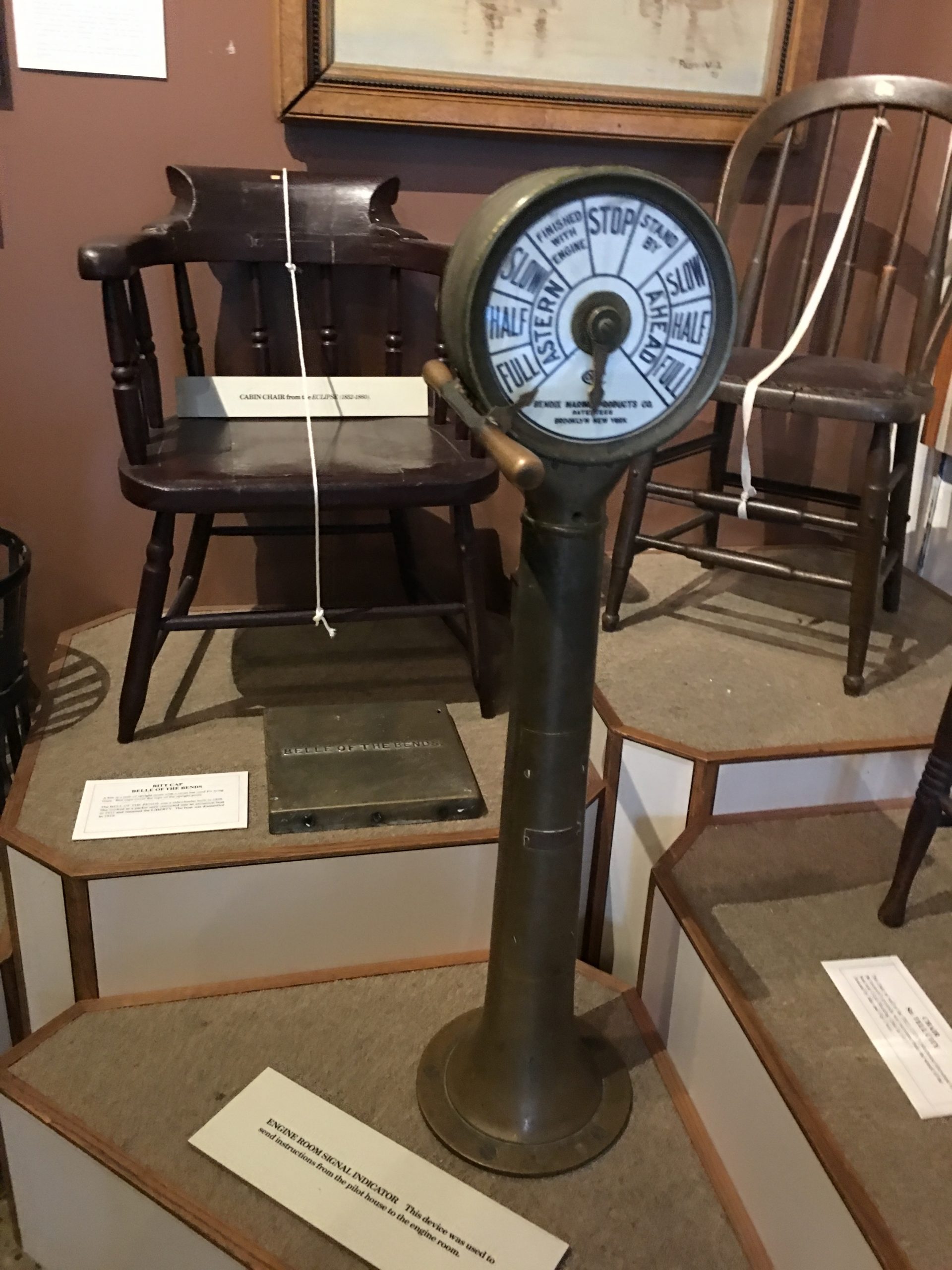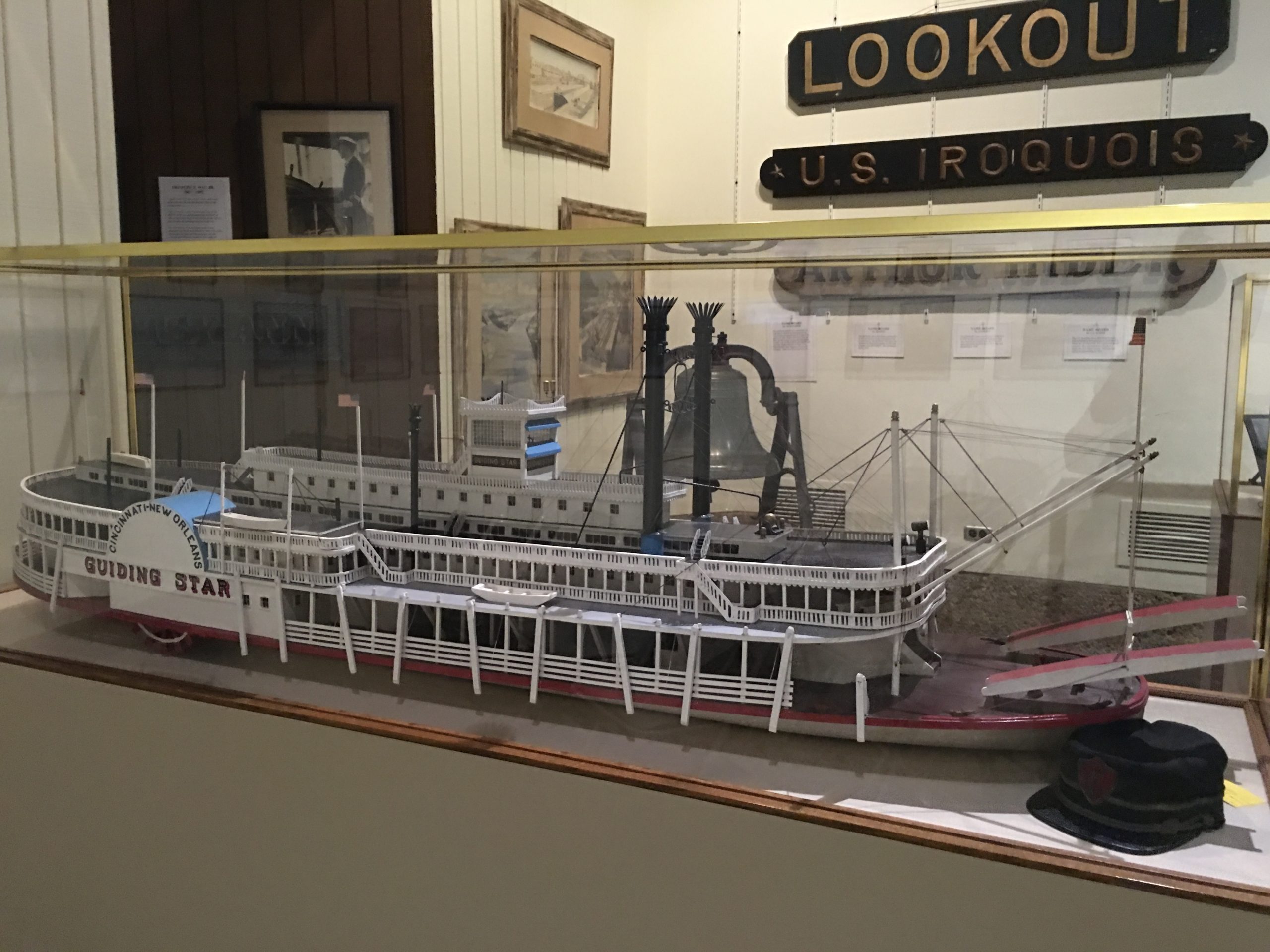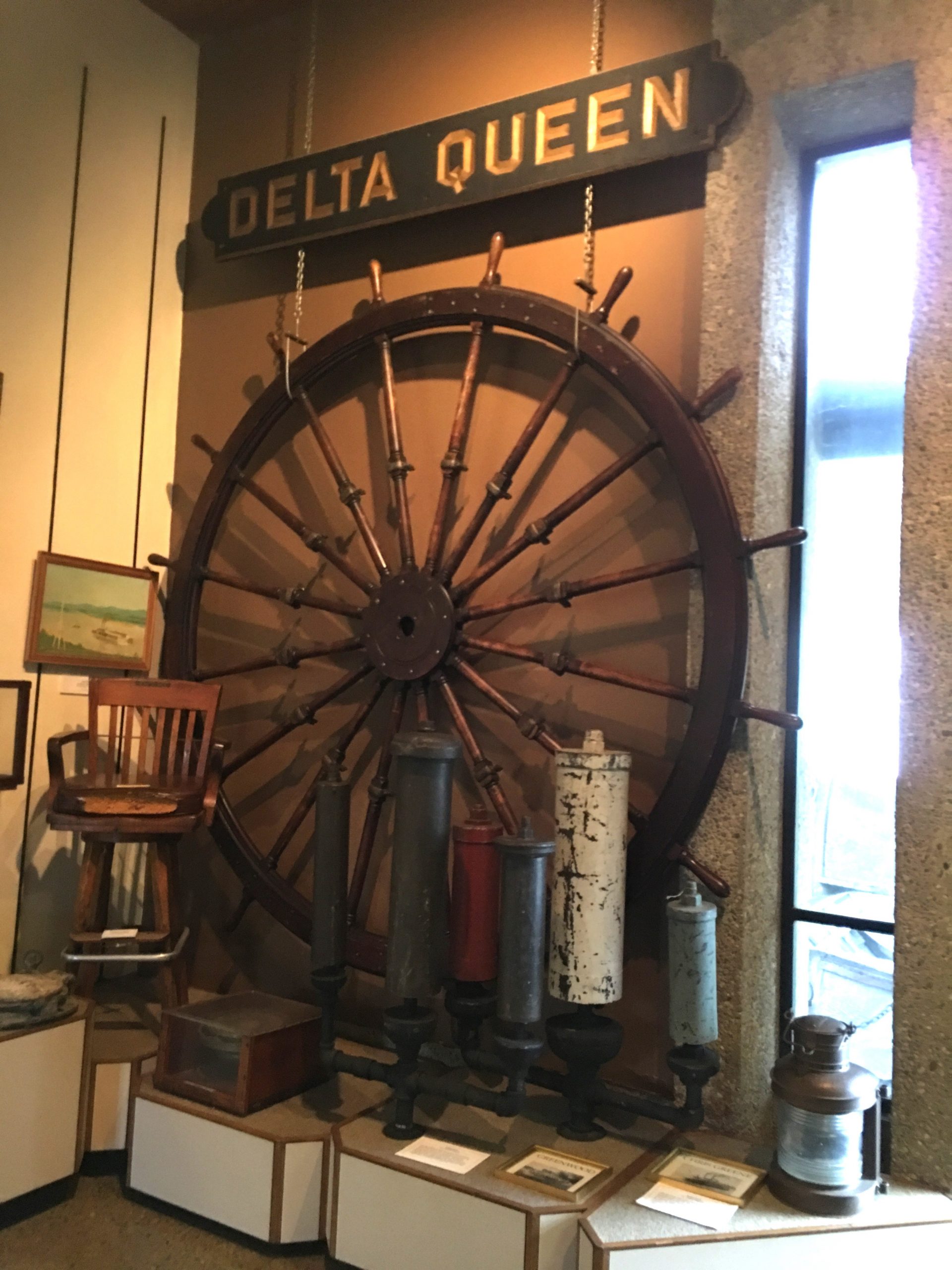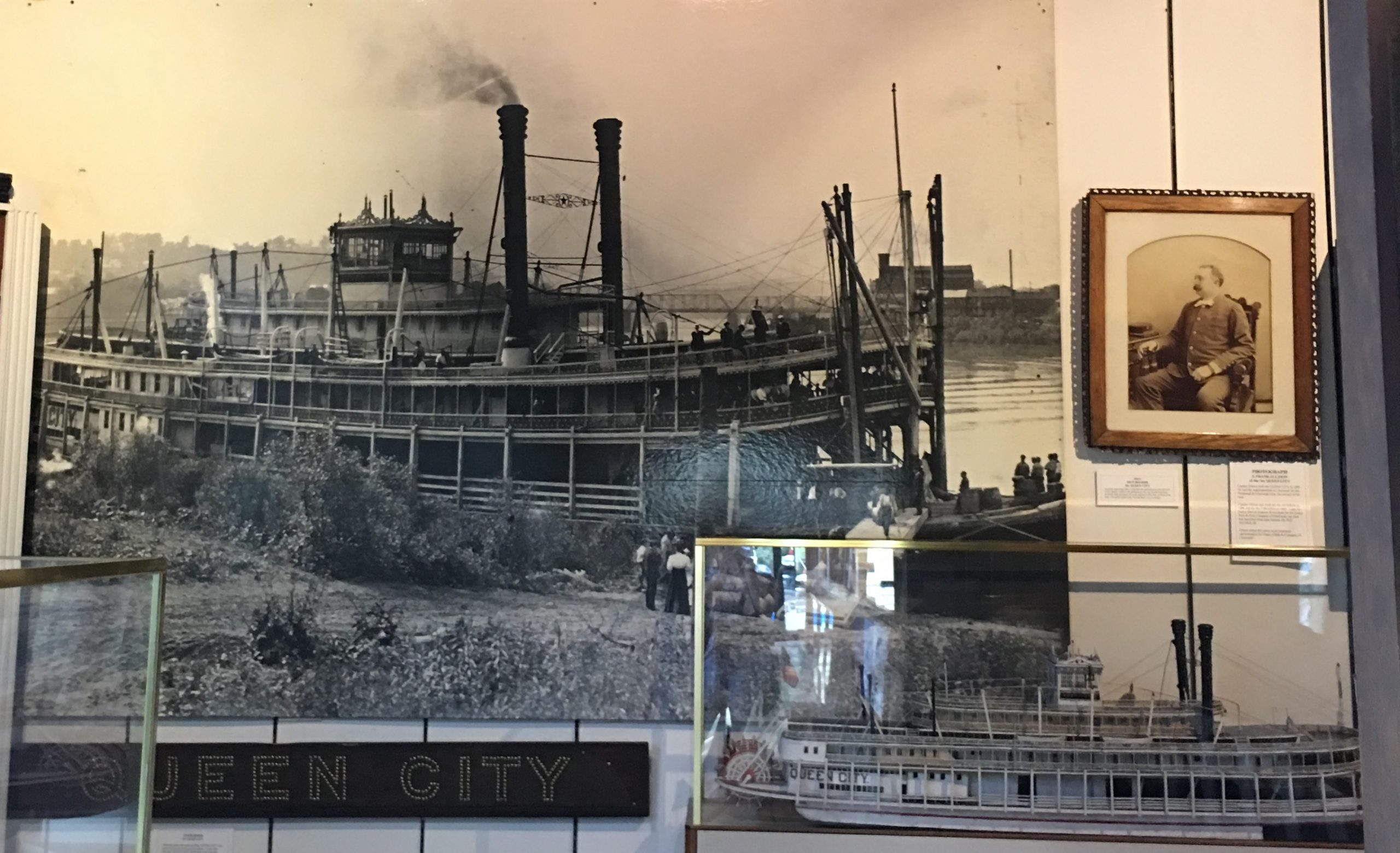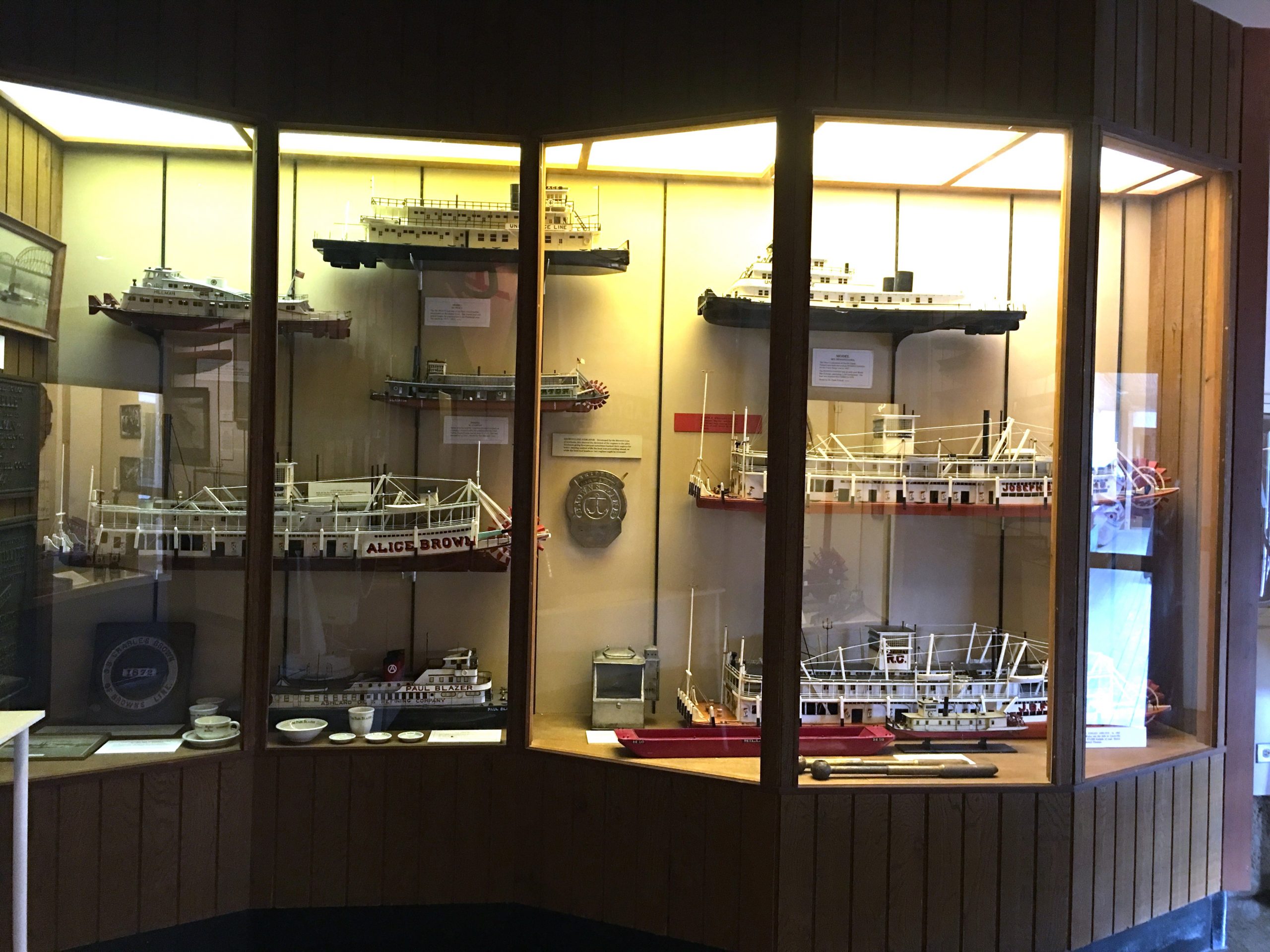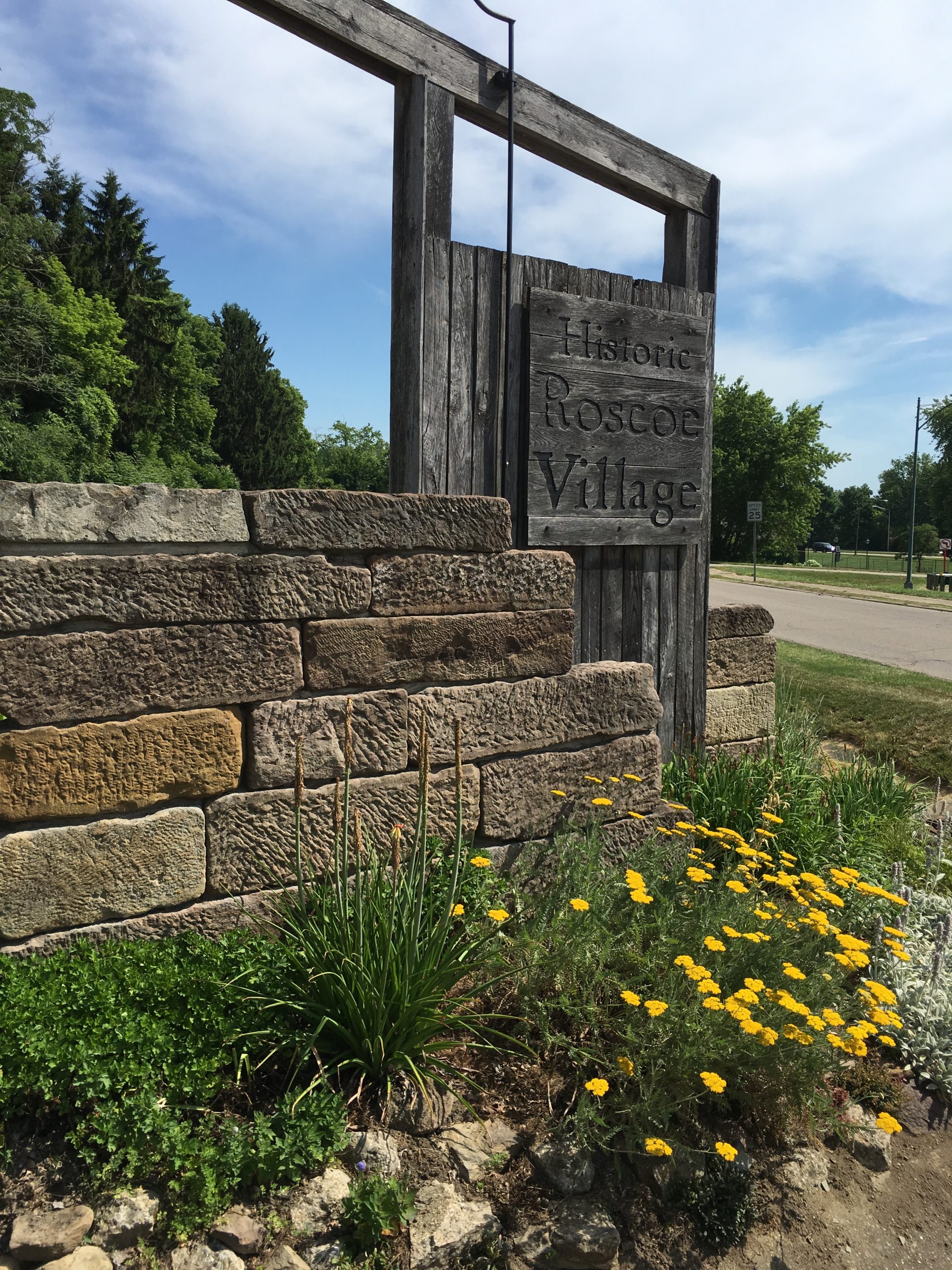
I had recently visited the Ohio River Museum in Marietta, learning about the riverboat transports along the Ohio River, when I decided to make the drive from Cincinnati to the canal town of Roscoe Village. Beautifully preserved, this lovely town tells the story of a simpler life when goods were transported along the Ohio and Erie canals. Red-bricked walkways connect restored buildings that house lively shops, museums and restaurants.
Each year, this historical district offers summer programs where attendees can learn about printing, create a stained glass souvenir and participate in arts and crafts. Each summer Roscoe Village hosts its annual festival where the town comes to life with period actors dressed in the fashion of the 1800s, answering questions about life at the Village. There are several food trucks and activities that Festival draws visitors from all over the state of Ohio and nearby states Their website provides additional information and updates for these services.
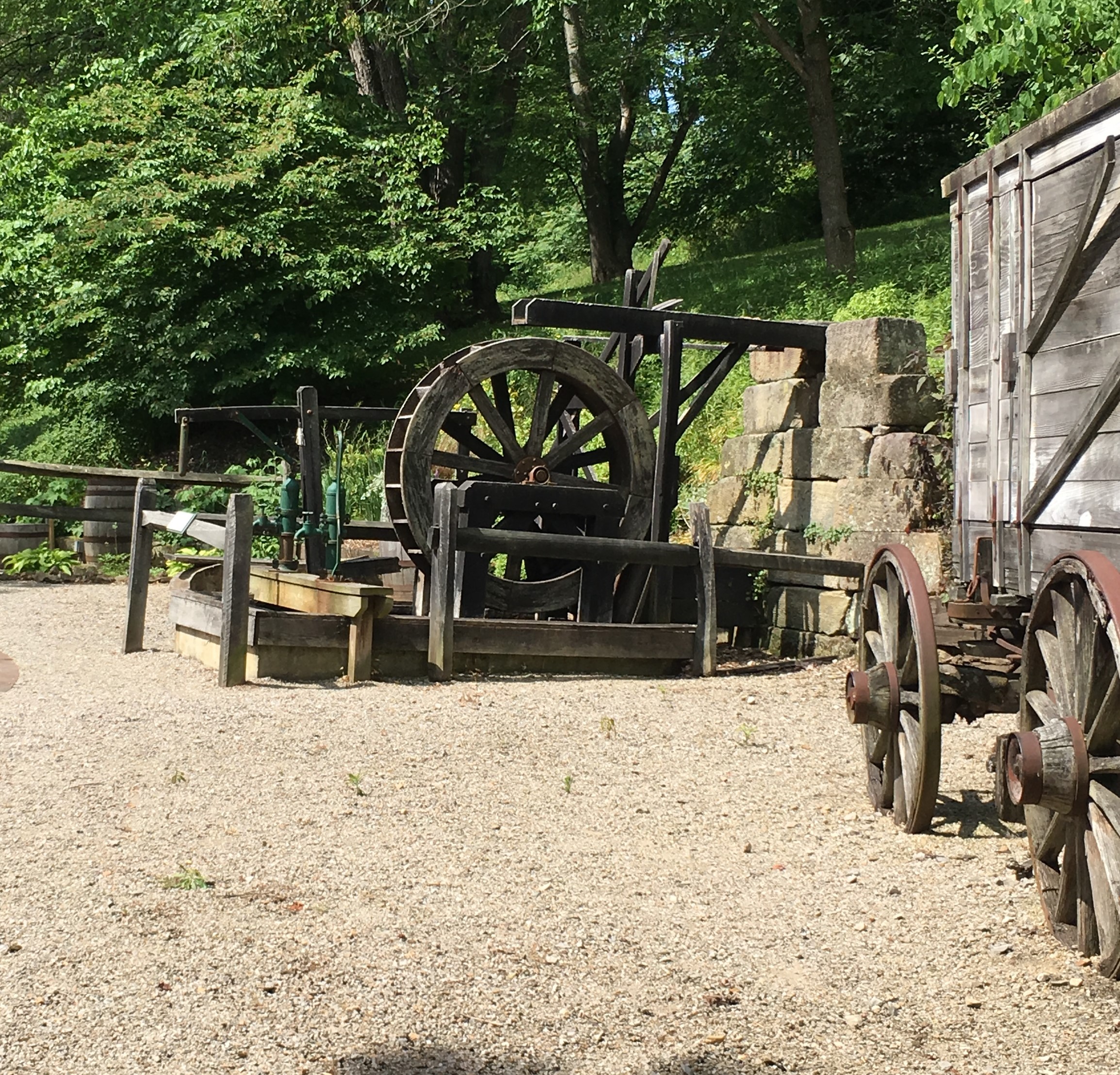
I began my tour at the Visitor’s Center where I watched a short, historical video. Browsing around the exhibits (some of the exhibits require a ticket), I learned about the construction of the canals, read about the history of the American Indians that had once lived here and picked up some additional information for nearby businesses.
The town of Roscoe was initially named after its first white settler who arrived from Rhode Island around 1811. James Calder laid out the plans for the town which he named Caldersburgh. He died in 1824.

In 1961, Edward and Frances Montgomery purchased the Toll House at Roscoe Village to restore the building to its original state. They wanted to preserve the town for future visitors to enjoy as a way to preserve its history. Near the Visitor’s Center is a Memorial Garden in memory of Frances who also planted the gardens in the early 1970s. Additional gardens on the property include Weaver’s and Caldersburgh Gardens.
A nearby placard documents Coshocton County’s contribution to the Underground Railroad with several locals assisting fugitives to escape slavery in the South. Prior Foster was instrumental in helping with the cause, offering his home as shelter to fugitives and ensuring their cross at Harbaugh Corner so that they could obtain their freedom.
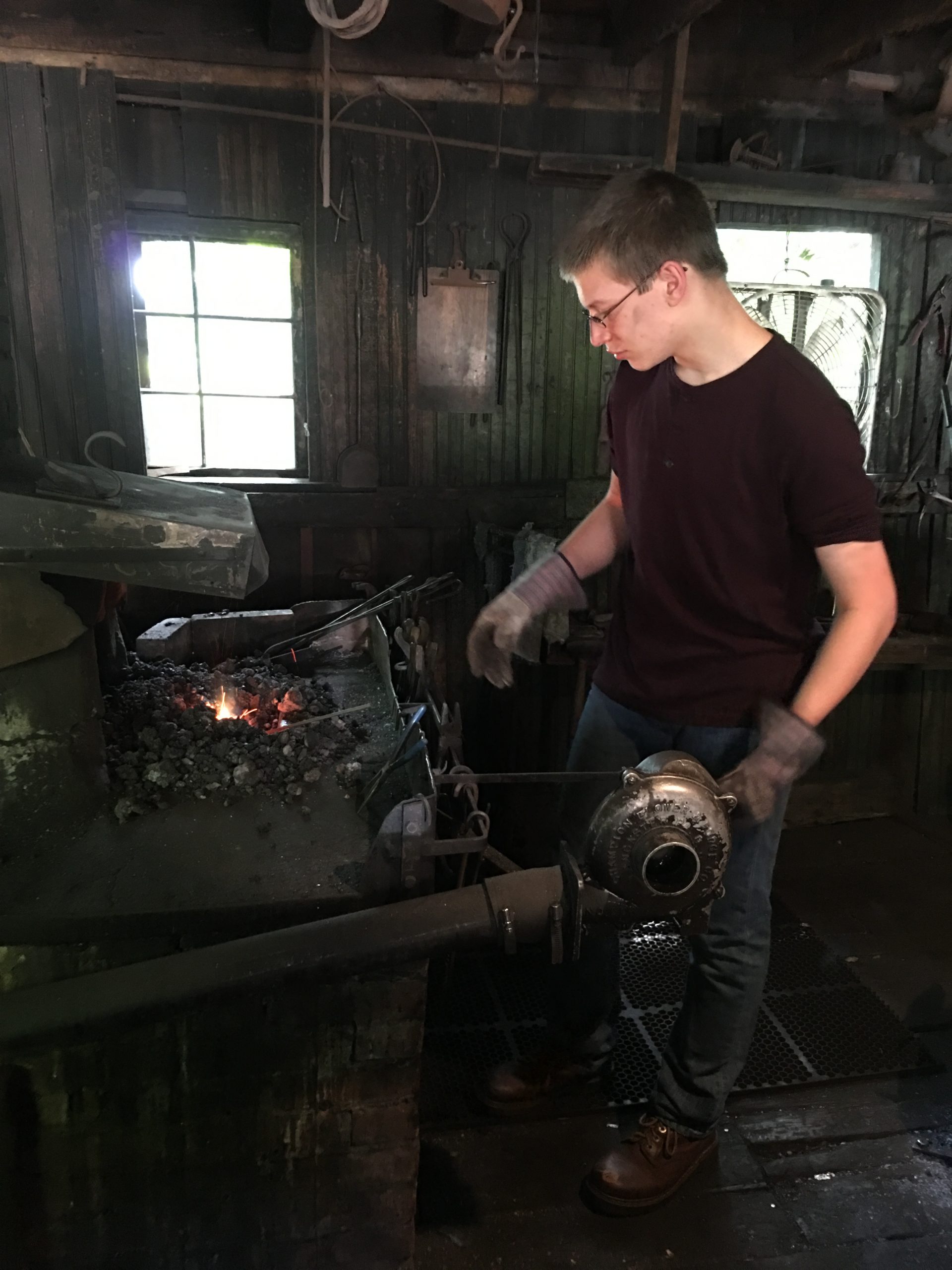
Roscoe Village has a living history program and during my visit, the Blacksmith happened to be working in the shop, called the “Village Smithy”. Next door is the Hay Craft and Learning Center where visitors can learn to make brooms and tour a print shop.
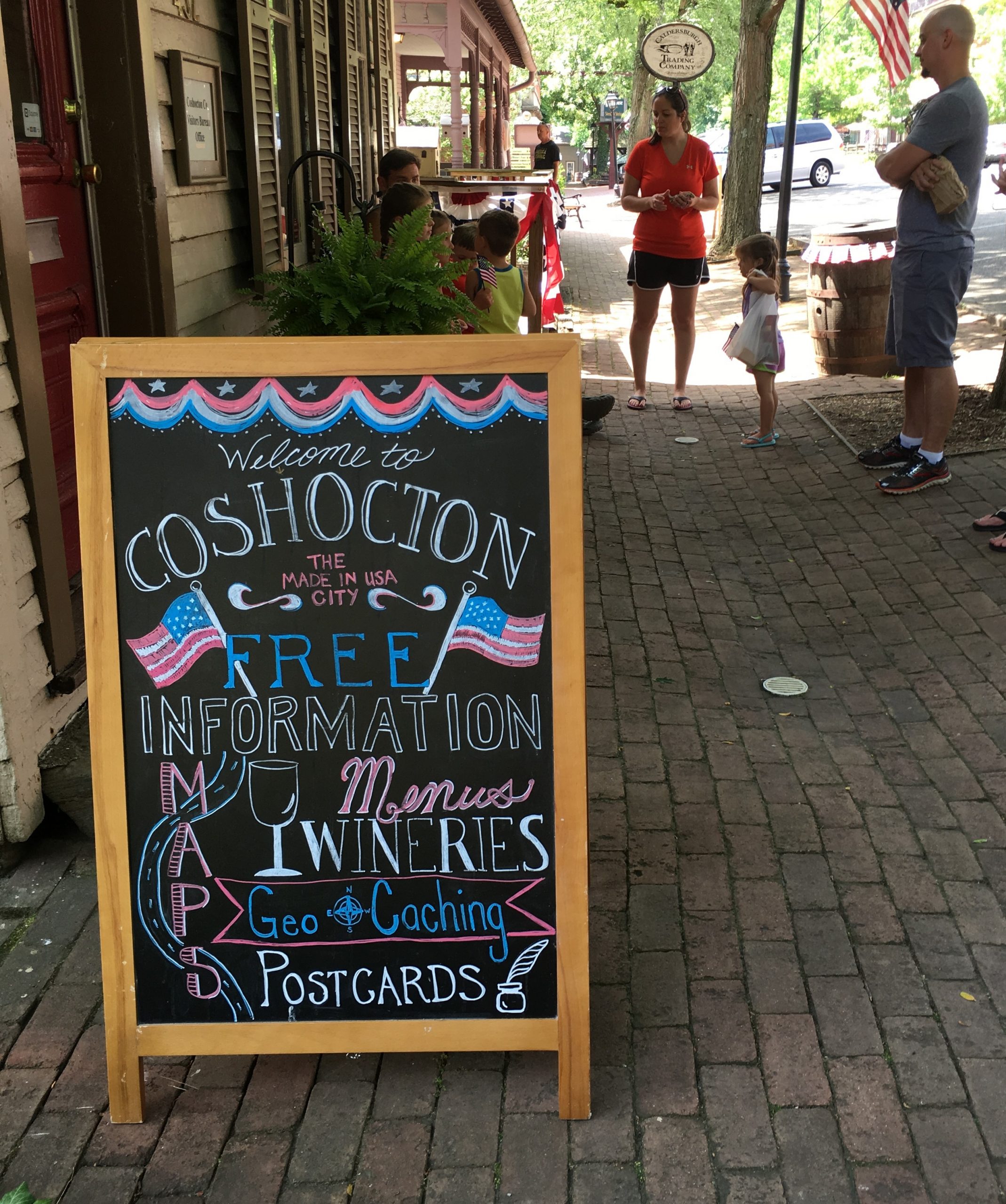
Along the cobblestone sidewalks are boutique shops with unique gifts, products from Ohio and food items. I picked up a few dip mixes, salsas and a shelf that would look great in my living room. The Visitor’s Center was located on the second floor, so I picked up a few additional ideas for my weekend in Coshocton County.
On the main street, there were additional shops, restaurants, the Johnson-Humrickhouse Museum, Montgomery Hall and the Toll House. Located inside of the 1840 Jacob Welsh House is the Living History Tour documenting the restoration of Roscoe Village.
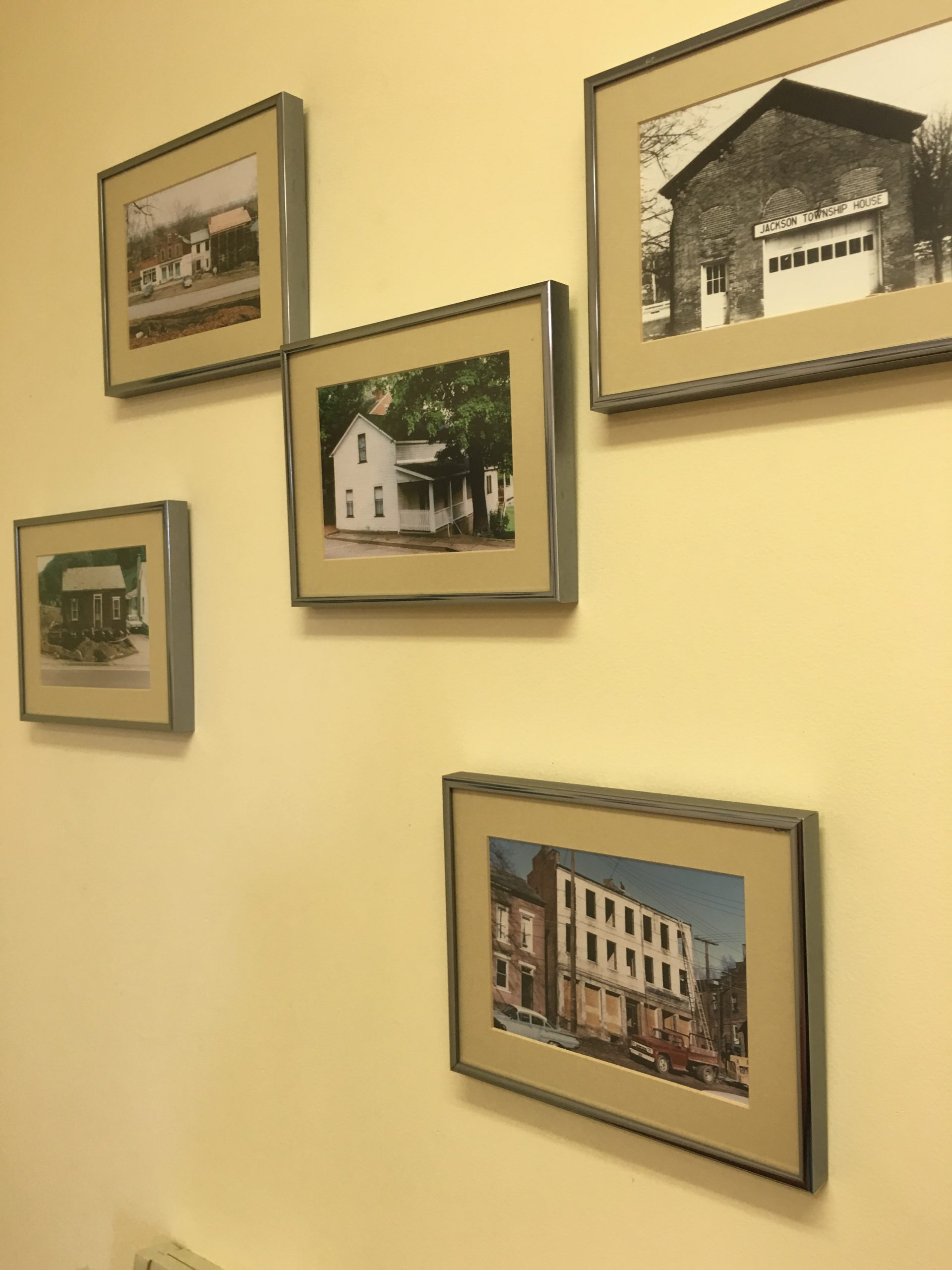
Historical photos are displayed on several walls to show Roscoe Village prior to its construction updates. Before leaving the museum to board the Monticello III, I made a stop at The Warehouse Steak and Stein for lunch, ordering a chicken sandwich, salad and beer.
Visitors can explore the interactive, outdoor museum with self guided living history tours and engage with local costumed interpreters such as artisans, press operators, doctors and teachers. Continue to experience hands-on activities while strolling the village’s period shops and lively restaurants. With a total of seven historic buildings, guests can explore the town’s 19th century history from 10AM to 4PM.
Over the past 50 years, Roscoe Village has hosted the Apple Butter Stirring Festival on the third weekend of October. Holidays are also an amazing time to visit as Roscoe Village comes to life, celebrating the Christmas Holiday, with carolers, Santa and his elves, beautiful luminaries lining the streets and the traditional tree-lighting ceremonies.
What to See and What to Do:
Historic Roscoe Village
600 N. Whitewoman Street
Coshocton, Ohio
Telephone: 800 877 1830
- Admission Fee: Free except for nominal fees for some exhibits.
- Hours: Roscoe Village Visitor Center is open 7 days a week with Living History Tours from 10AM to 4PM.
- Amenities: a museum, gift shop, restrooms, special events and tours
- Length of Visit: 2.5 – 3 hours
- Tips for Your Visit: Wear comfortable shoes for walking. Plan to shop and don’t miss the opportunity to ride the Monticello III, a canal boat.
Where to Stay:
The Roscoe Boutique Motel
421 S. Whitewoman Street
Coshocton, Ohio 43812
Telephone: 740 622 8736
Where to Eat:
Warehouse Steak and Stein
400 N. Whitewoman Street
Coshocton, Ohio 43812
Telephone: 740 622 4001
What to Read:
- I Remember Roscoe, by Robert Hull
Disclosure: Please refer to our blog disclaimer tab for more information.
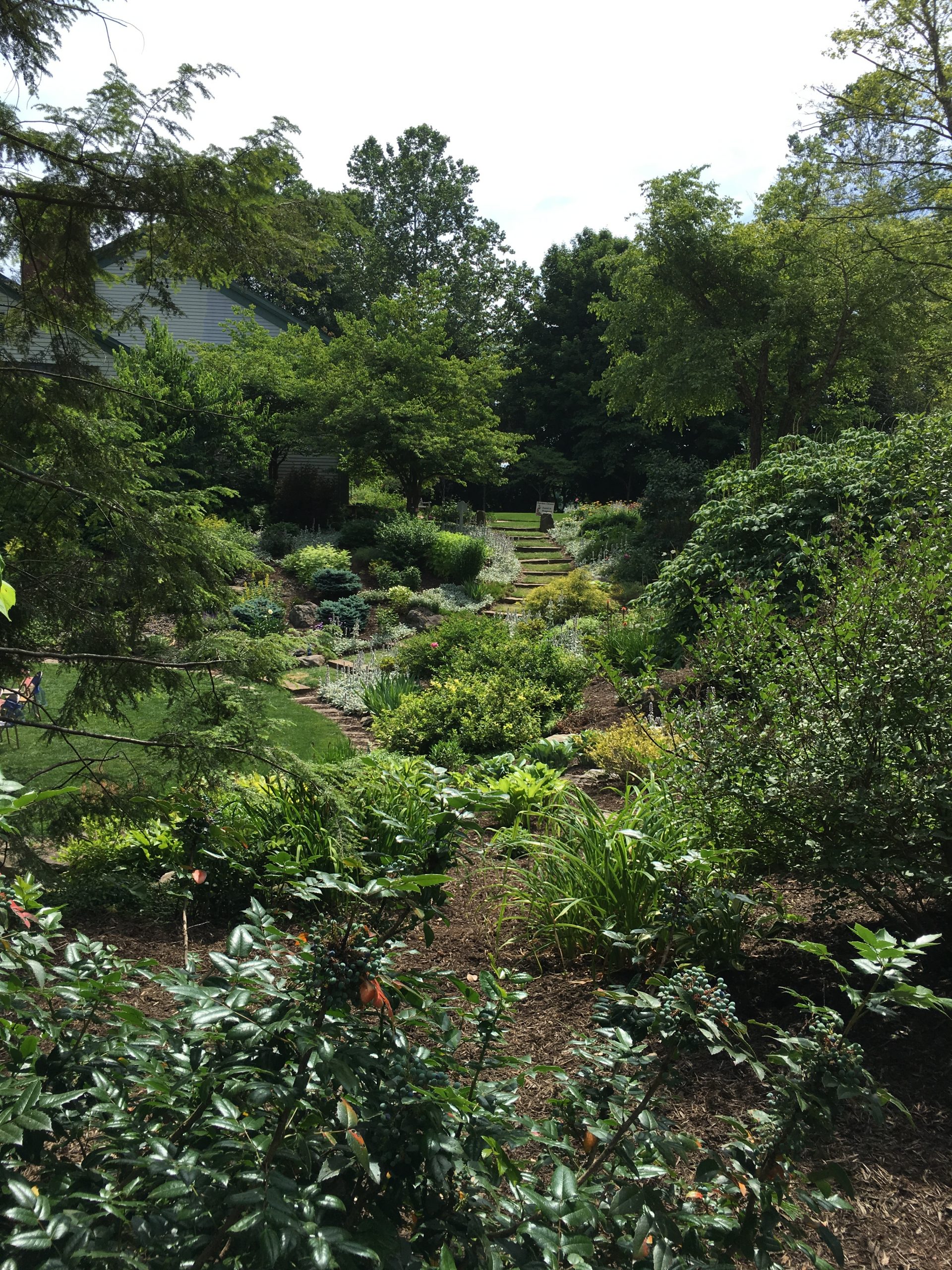
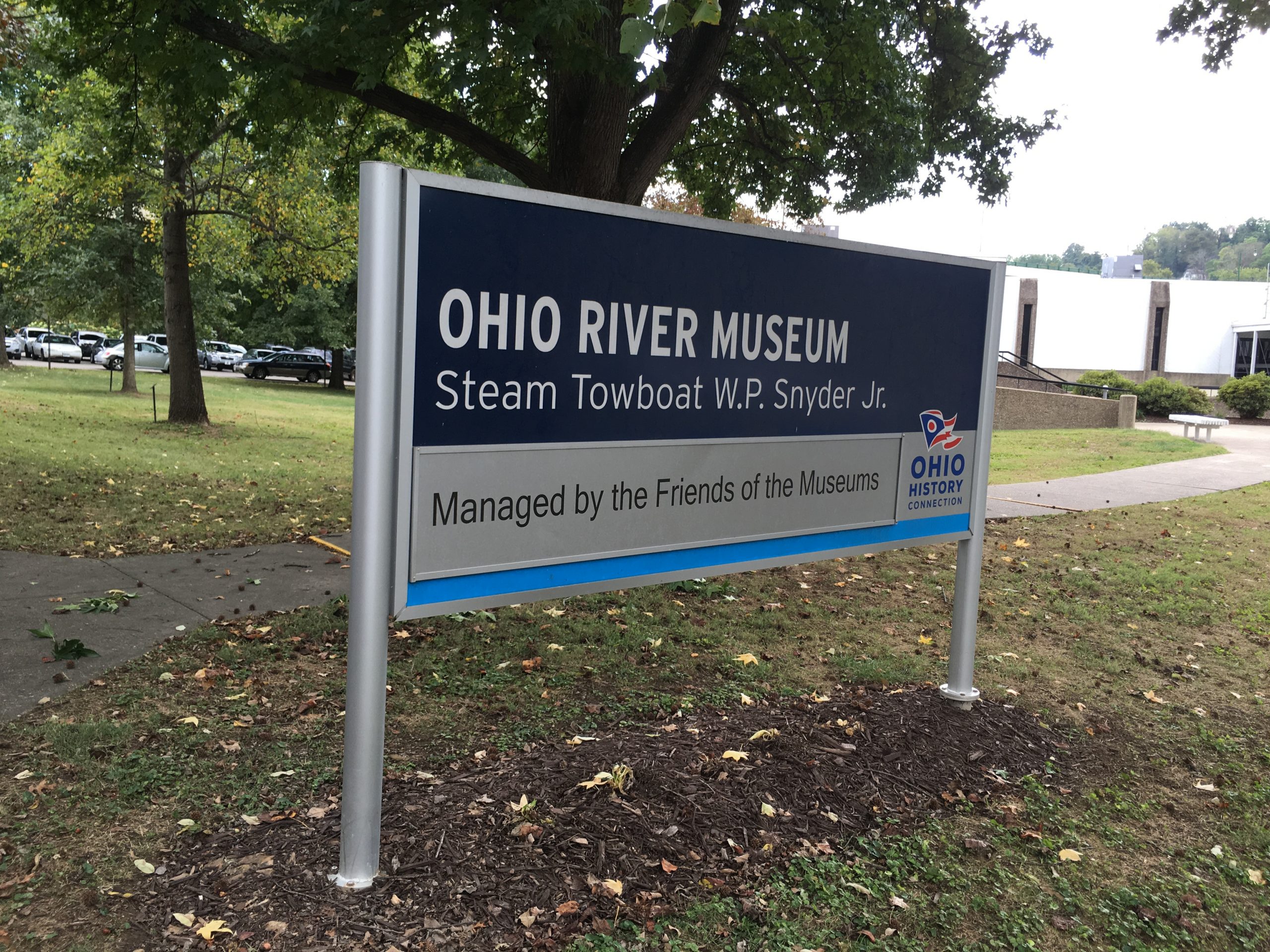
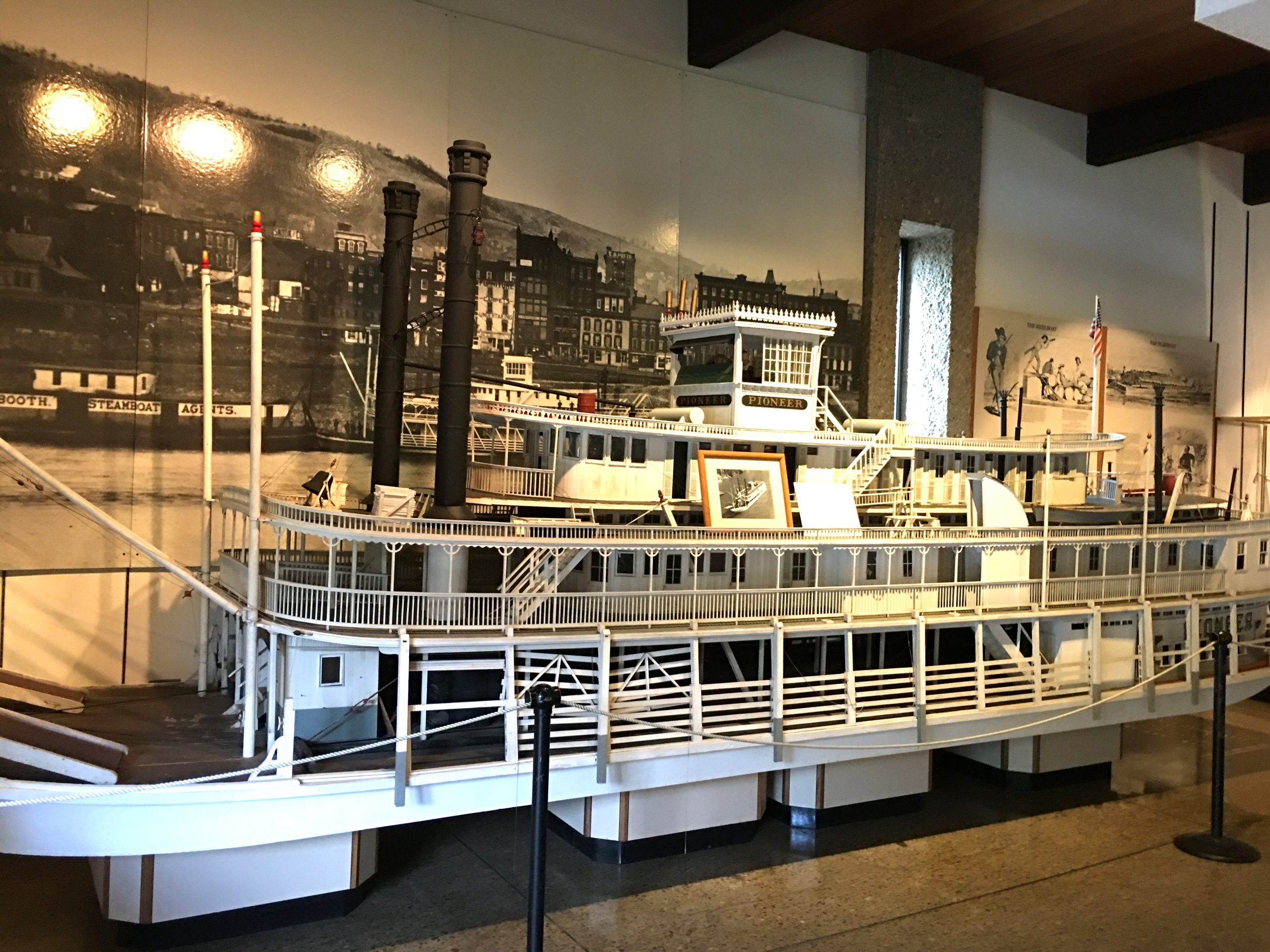 The first successful steamboat dates back to the late 1700s when John Fitch mastered the building of the vessel with its primary purpose to transport goods along the Delaware River. The Ohio River Museum displays a beautiful replica of the “Pioneer” which was a shipping vessel among the Great Lakes fleets dating back to 1901.
The first successful steamboat dates back to the late 1700s when John Fitch mastered the building of the vessel with its primary purpose to transport goods along the Delaware River. The Ohio River Museum displays a beautiful replica of the “Pioneer” which was a shipping vessel among the Great Lakes fleets dating back to 1901.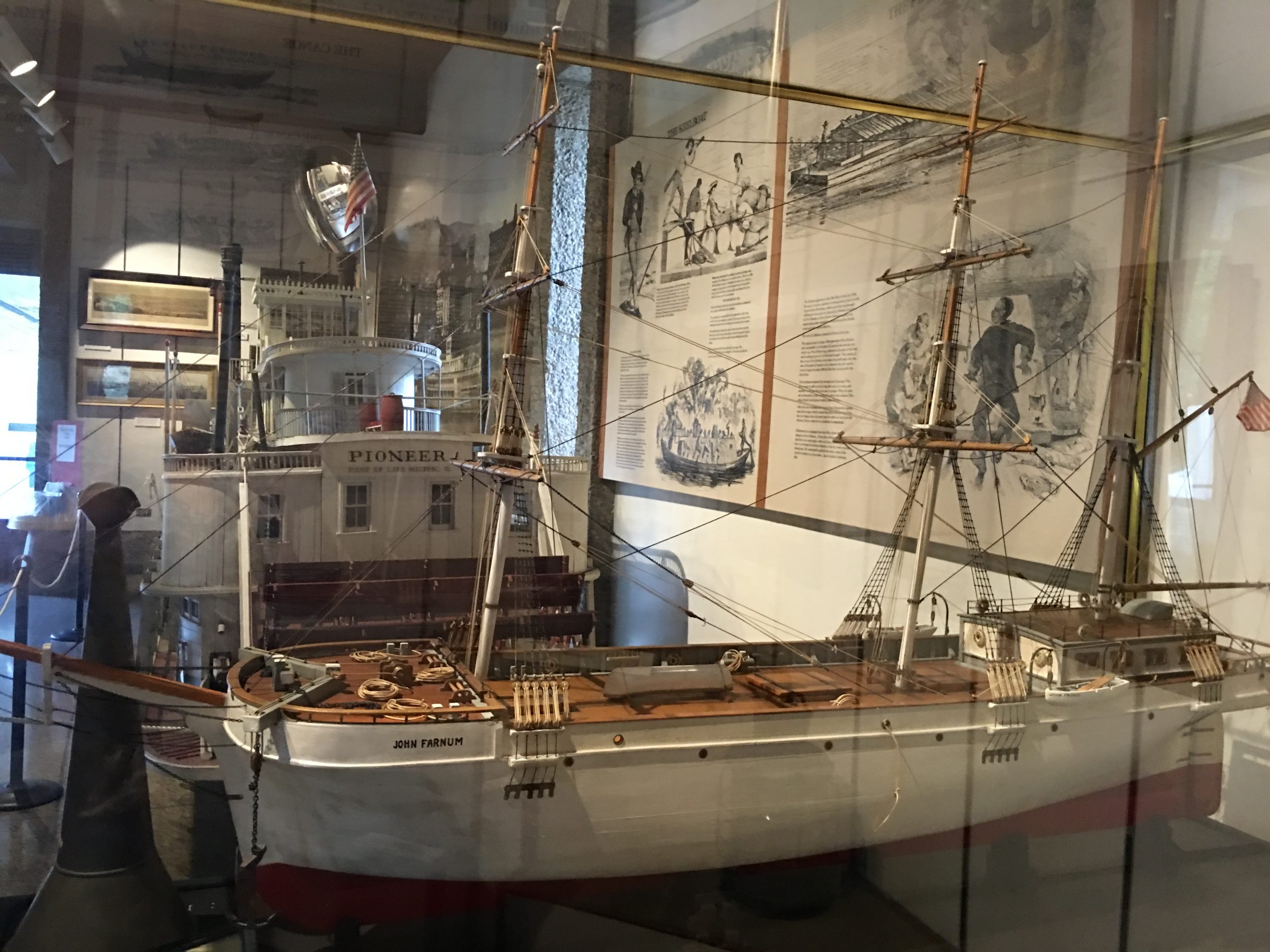 At the Point in Marietta, additional seaworthy vessels were being built to include the John Farnum schooner. This beautiful vessel is on display at the Ohio River Museum. The Historical Marietta blog provides the following information about this barque.
At the Point in Marietta, additional seaworthy vessels were being built to include the John Farnum schooner. This beautiful vessel is on display at the Ohio River Museum. The Historical Marietta blog provides the following information about this barque.